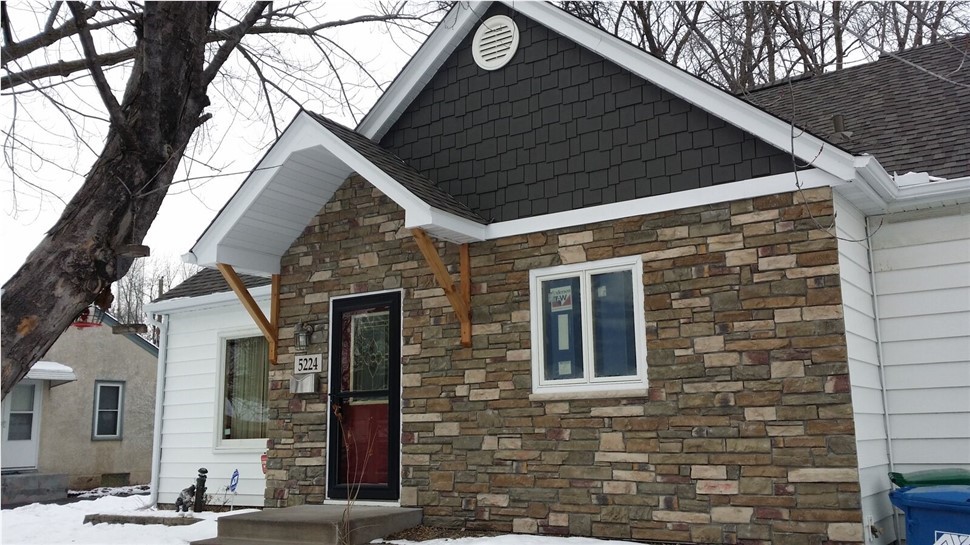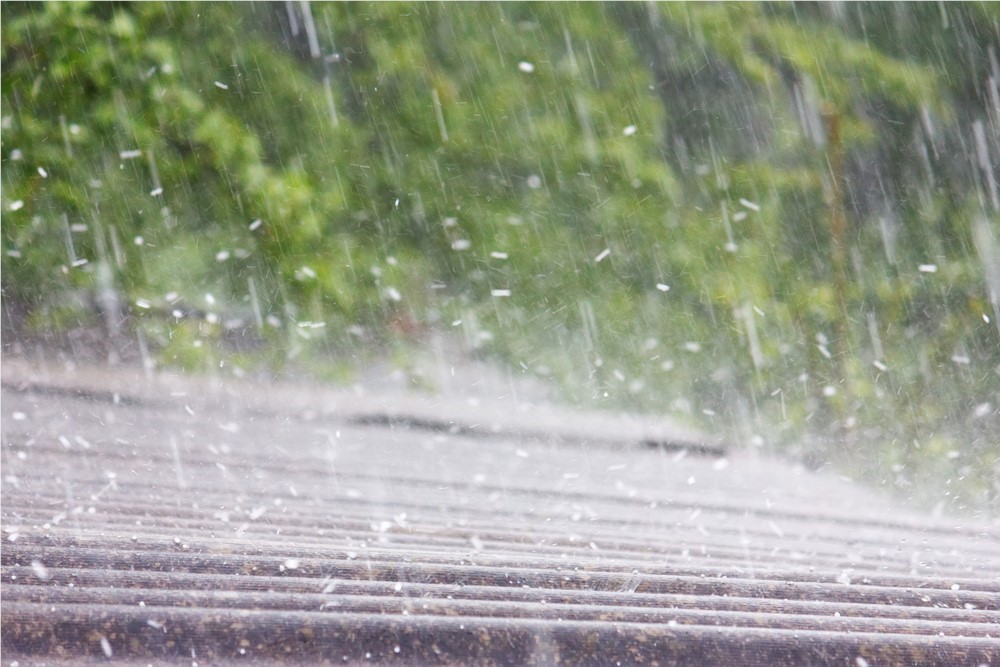The good news is that of all the common roofing materials used in this area, nothing stands up better to hail storms than a steel or other metal roof such as the ones we install. Asphalt is very susceptible to cracking and/or loss of protective roofing granules due to hail impact, and those high winds often rip whole sections of shingles off. Wood shakes - though more durable than asphalt - can also crack from impact by larger hail stones. And then tendency grows as the roof gets older.
Metal Roofing Carries the Highest Hail Impact Resistance Rating Available
But what about a metal roof? How well does it perform in the face of a hail storm? Of all the available roofing options, steel or metal roofing (other than aluminum, which is softer and can easily dent) is the most resilient in a hail storm. It's also incredibly resistant to wind lift. In fact, our metal roofing comes with a wind force rating higher than our typical tornadoes. And our metal roofing - in particular the steel roofing we install from Kassel & Irons. This steel roofing has an Underwriters' Lab Class IV hail impact resistance rating. That's the highest one that can be given, and it means the tested roofing material showed no signs of cracks when tested in the six areas of a roof most likely to suffer hail damage. And just how did they come up with this rating? The test involves steel balls in a number of different sizes typical of hail stones. These balls are dropped on a roof at a velocity of 90 mph, which two to four times the speed of hail stones falling (generally 20-40 mph).Excellent hail damage resistance is just one of the benefit you can expect from having a metal roof installed on your home. To find out more, check out our Benefits page, or contact us for a free in-home consultation to find out more.
Subscribe to Quarve Contracting's Blog






Comments